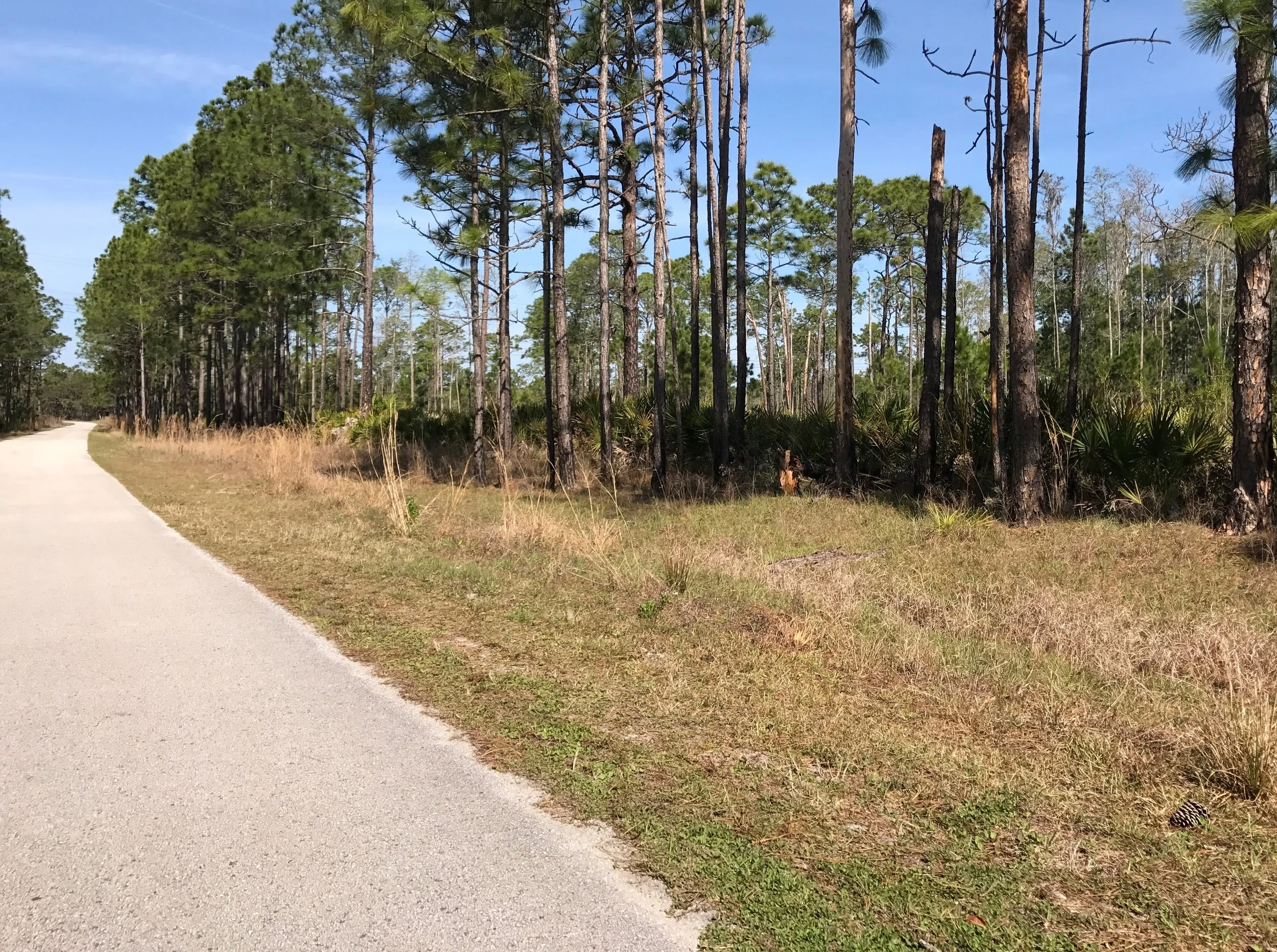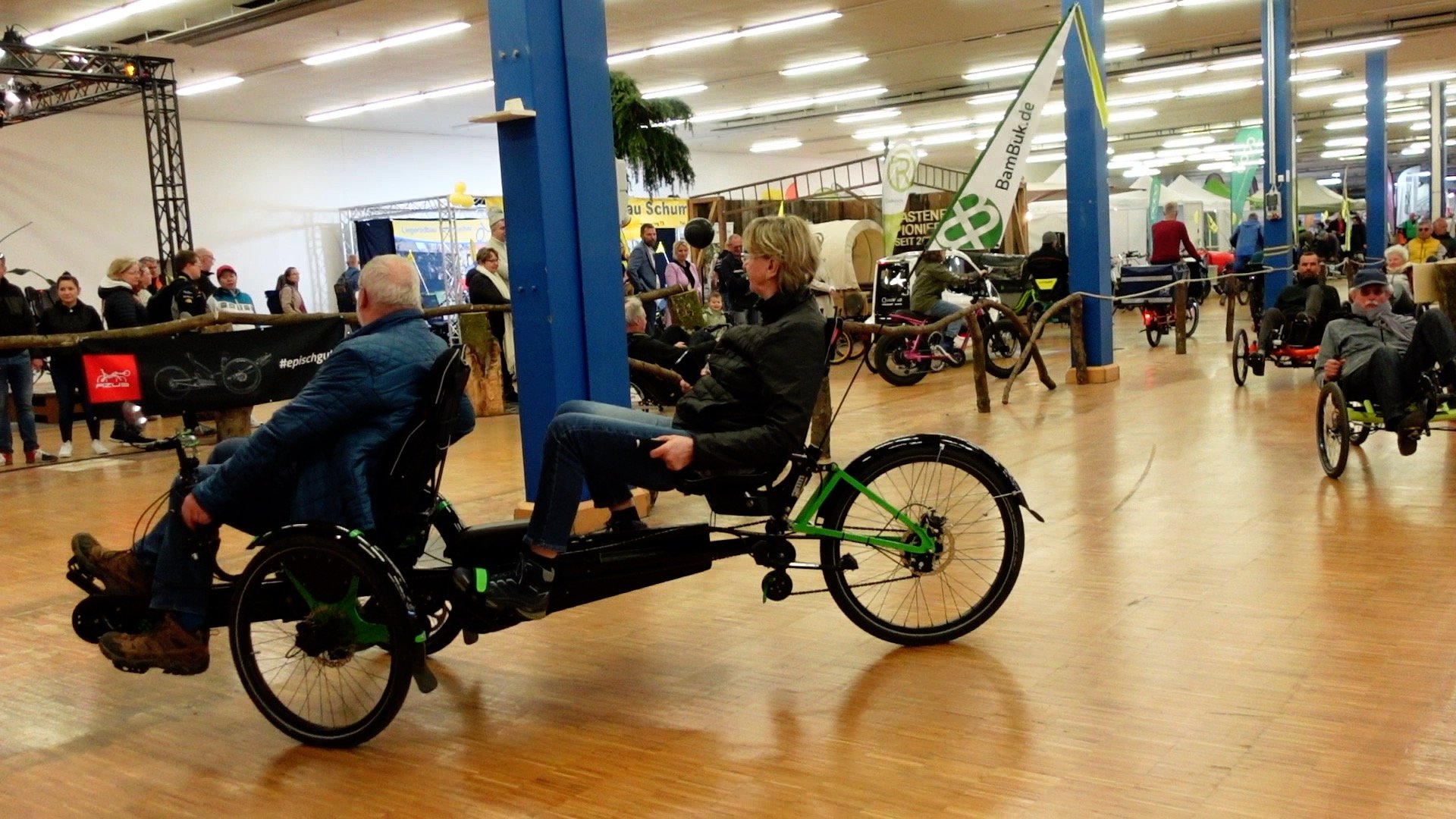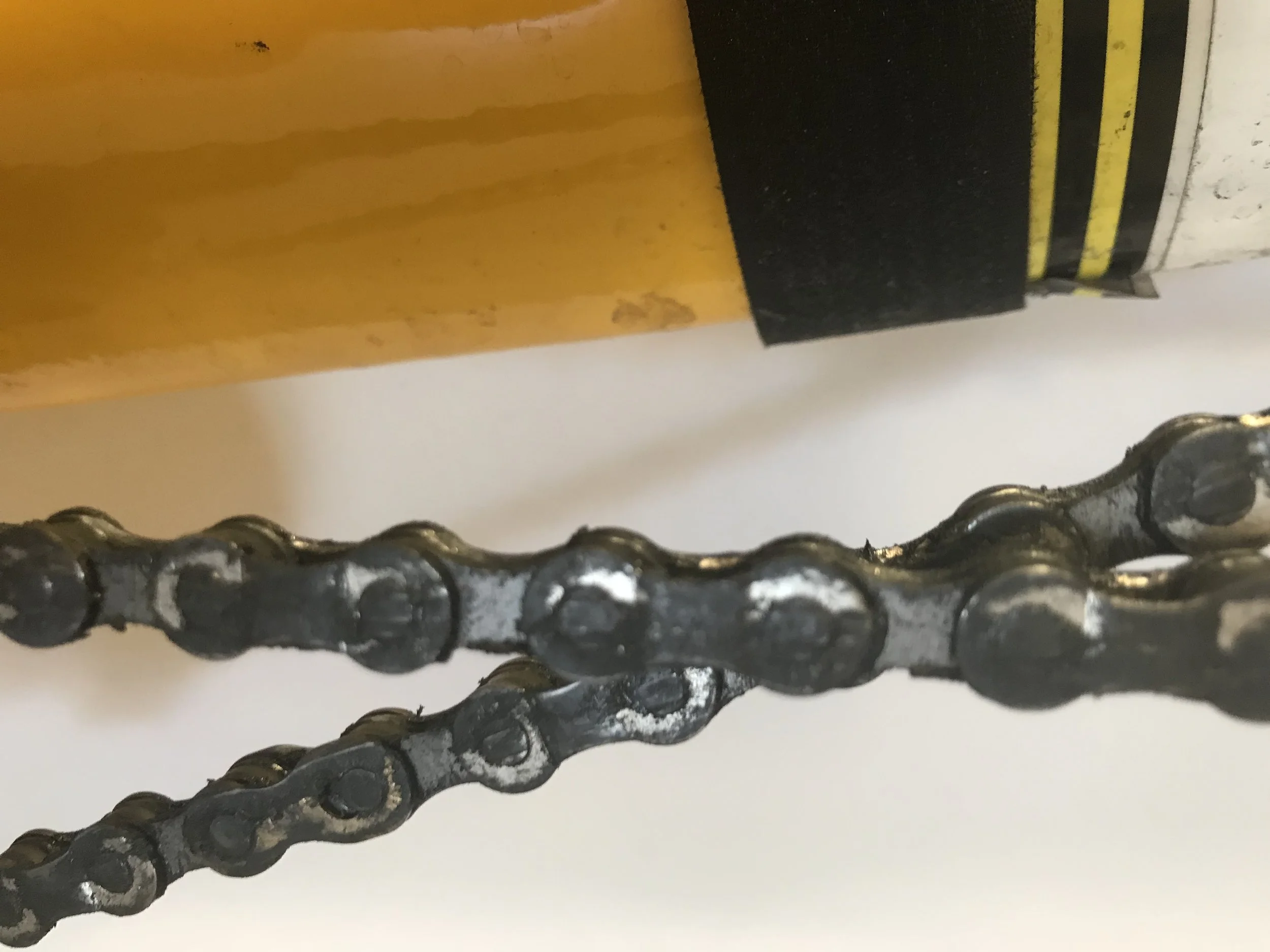Finding the right trike can be fun...
To find the perfect trike, you need to understand what you want to accomplish with the trike and what sort of riding you are most comfortable doing. If you are riding on the beach you need a different setup than if you want to ride paved trails. Here are some basics to consider when buying a recumbent.
Two or three?
Two-wheel recumbents are great for some, but not for others. Two-wheel recumbents require much of the same bike handling skills and balance of a traditional bike and are a good option for riders who like traditional bikes but want a more comfortable riding style.
Three-wheeled recumbents are comfortable and easy to ride. Just sit and pedal! The public is seeing more and more three wheelers and are discovering how much fun can be. These recumbents sit lower and handle like a sports car. Plus, riding a recumbent means you keep your head up and seeing what's around you instead of just looking at the next two feet.
To Fold or not to Fold?
Folding bikes can be stored or transported in a smaller space, but they generally cost more than similarly equipped non-folding models. You should carefully weigh the benefits of folding and decided how frequently you need to do it to see if it is worthwhile.
How Big?
Should you get a larger rear wheel or have all the wheels the same? There is some debate about wheel size and how it impacts speed and acceleration, but it really comes down to gear selection. If a 20" bike and a 26" bike are in the exact same gear, the smaller wheel will accelerate faster, but the 26" will maintain a higher speed easier. Change the gear ratios, and the story changes. That's why some manufacturers (I am looking at you Greenspeed) don't offer a 26" rear wheel. They make up for smaller wheels with a wide gear ratio.
How Comfortable?
No bike or trike is worth it if you are uncomfortable. Some brands and models will fit your body better than others. This is where you can't just look at what other people say about the trike and try it for yourself. Once you find a style that fits your body, you can customize your fit with things like a headrest.
Of course feeling every crack in the pavement may not be your idea of a good time, so you might consider trying trikes with a suspension system. Suspensions tend to give a smoother, more comfortable ride and will increase the overall cornering of the trike. Suspension costs and weighs more than a bike without, so you need to try both suspended and non-suspended trikes to see which is the best fit for your riding style.
How Much?
Figuring out how much you are willing to spend will also make the decision easier. There is no need looking at a $4,000 trike if your max budget is only $1,000. However, if you find a trike that you like for $2,500, you don't have to spend your entire budget. You are in control.

















